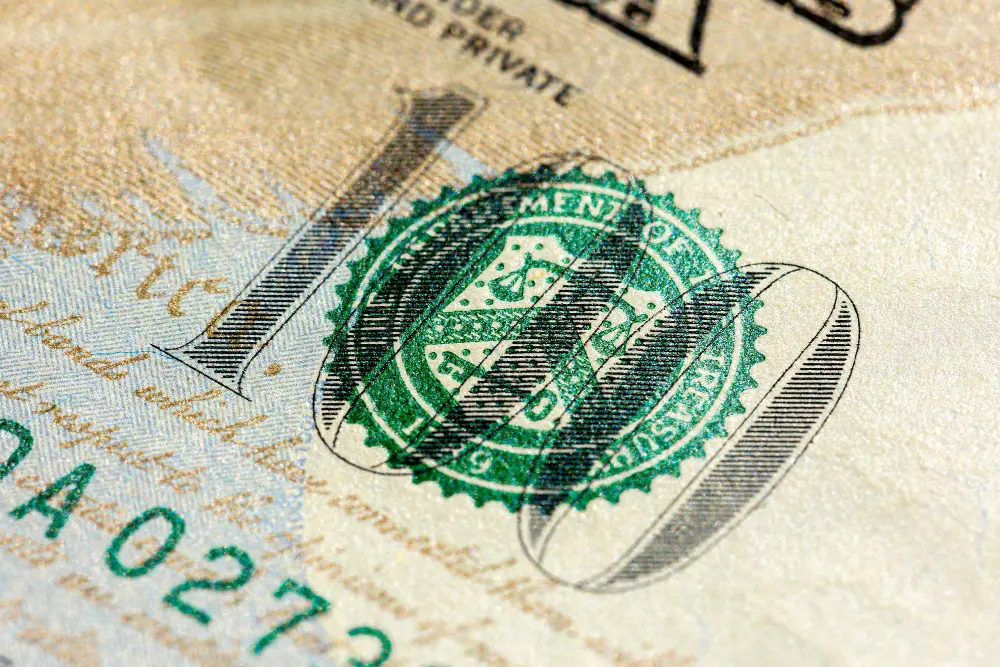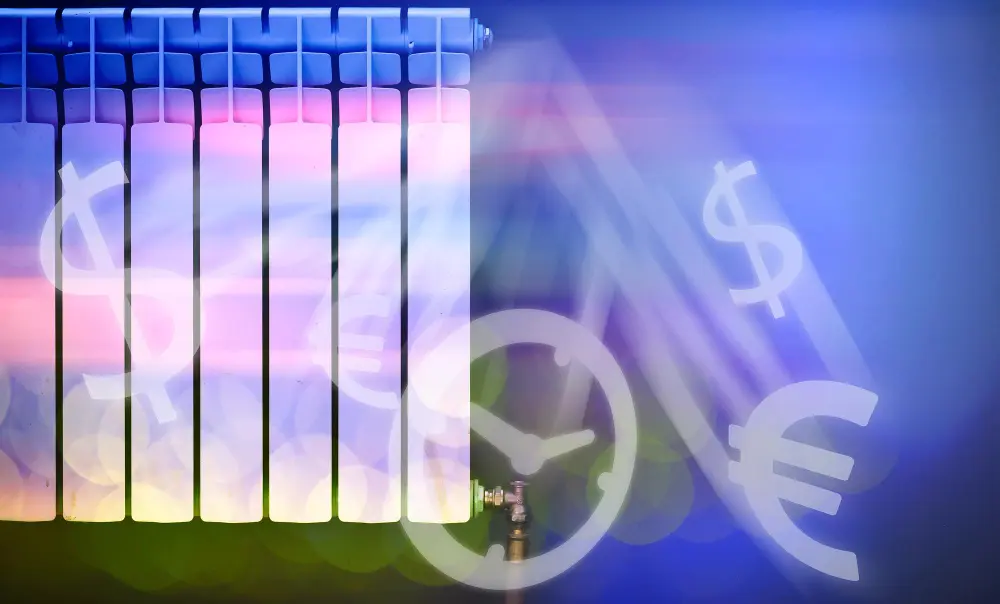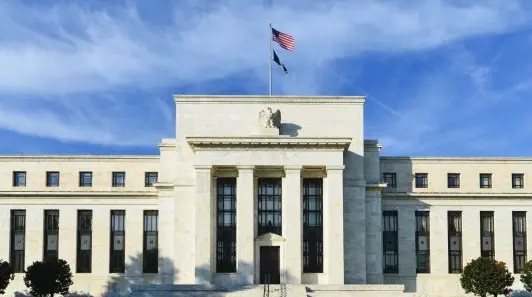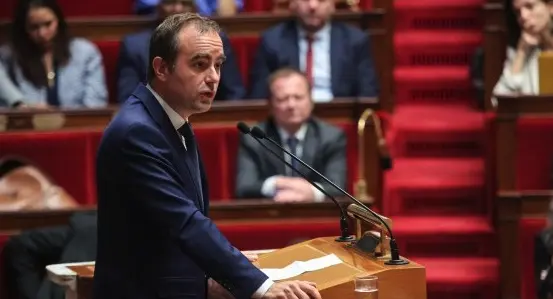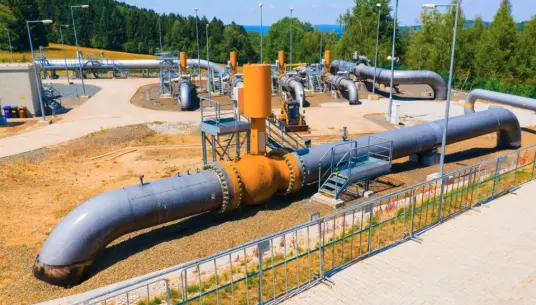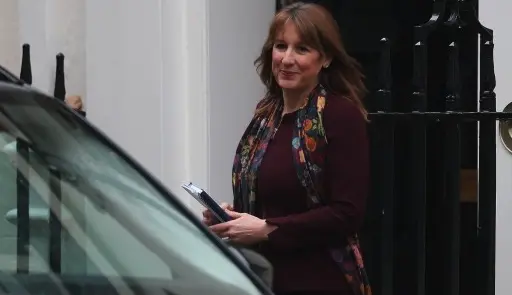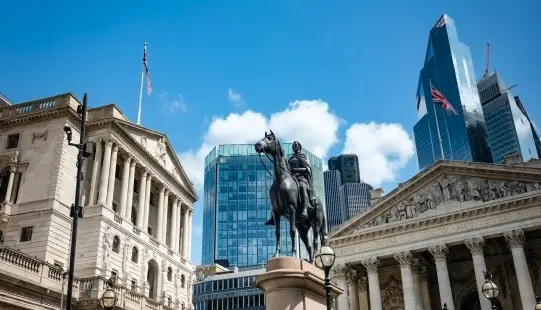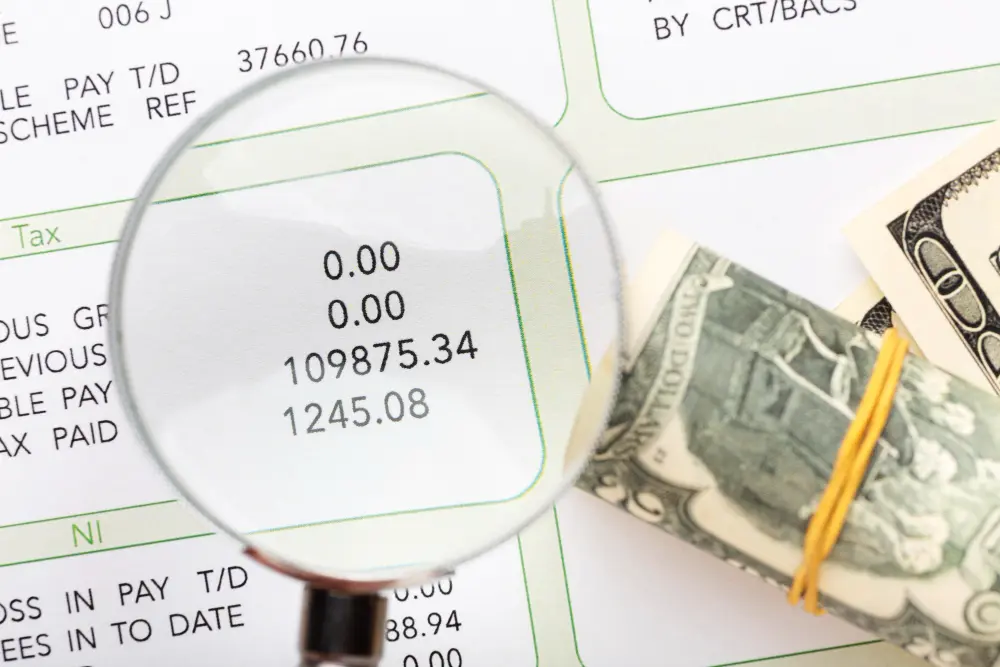Inflation endorses pause expectations
In June, we made the case for Norges Bank to start cutting rates, but defaulted to the consensus call for a hold as we had doubts that policymakers would go against market pricing. Markets were taken entirely by surprise by the June cut.
The implied chance of a cut at the 14 August meeting is also close to zero, but this time the chances of a surprise are also much lower, in our view. The main reason is underlying inflation, which had moderated to 2.8% in May but then jumped back to 3.1% in June and July. Swings in headline CPI appear less relevant for Norges Bank, but the acceleration to 3.3% in July further endorses the case for a hold.
NOK is also being watched quite closely by the central bank, and the 4% trade-weighted decline since June is a hawkish argument. One final reason for a pause is the vicinity to the 8 September parliamentary vote in Norway, where the latest polls place a centre-left coalition slightly ahead. Central banks often tend to tread a bit more carefully before electoral events. Thursday’s meeting is an interim one, with only a short statement published and no economic projection update.
NOK has room to recover
Markets are fully pricing in a September cut and an 80% chance of a follow-up reduction in December. This is in line with our forecast, but we admit that the risks are becoming more skewed to just one cut by year-end, as inflation has surprised on the upside and the krone’s underperformance both warrant caution with rate cuts.
EUR/NOK has re-approached 12.00, with the euro’s idiosyncratic strength and oil price declines both contributing to keeping the pair supported. Rallies beyond 12.00 generally prove unsustainable in the pair, and given markets are largely pricing in the Norges Bank easing cycle, we don’t see major downside risks for NOK. We also think Norges Bank might deliver a slightly more hawkish tone at this meeting.
The economic and rate fundamentals underpinning a lower EUR/NOK call remain intact, in our view, and we still expect a return to 11.60-11.70 by year-end.

